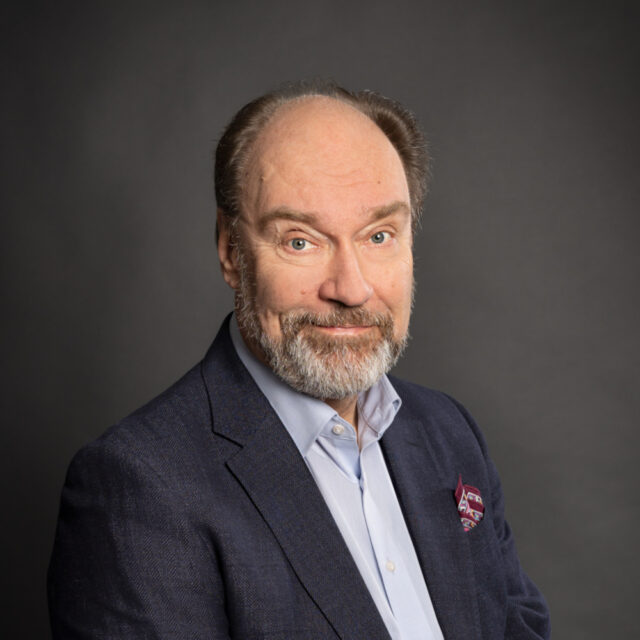
Case: POTATO
Potatoes have much more to offer than just the tuber on the dinner plate. Potatoes that are usually not used include broken and undersized potatoes. In addition, a considerable amount of potato mass is lost when peeling potatoes. Today, for example, potato peels are fed to animals, but less valuable potato parts could also be utilised to make products that can be sold at a better price.
We are exploring how to find profitable uses for potatoes and potato peelings that are not marketable. We are developing uses for the excess potato material from farms, packing plants, and peeling plants.
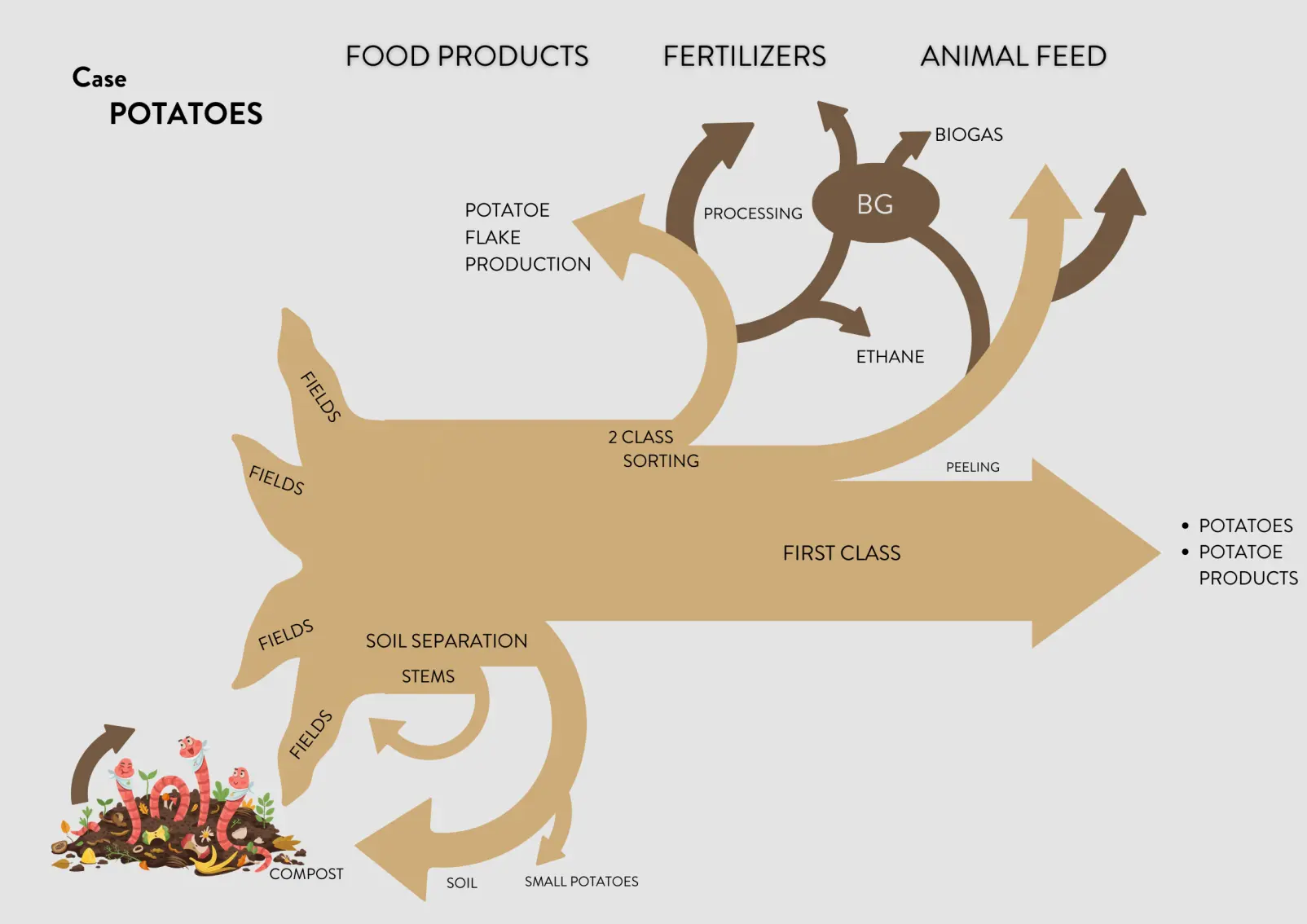
Unmarketable potatoes and potato peelings can be used to produce soil improvers, biogas and biochemicals. Source: KristinaEco
Non-edible parts of potatoes are also valuable material. For example, broken potatoes and potato peelings also contain starch and valuable fibres that industry can utilise.
Surplus potatoes can be turned into biogas. In this case, small and poor-quality potatoes are composted to produce gas by anaerobic digestion. This methane-rich gas can replace the current use of natural gas. At the same time, these compost plants produce soil suitable for cultivation.
Biorefineries can produce biochemicals from potatoes that are not suitable for food production. Biochemicals can replace chemicals made from fossil raw materials in industry.
Currently, unsaleable potatoes and peelings usually go into compost, animal feed or potato flour production. None of these activities is profitable for the potato producer, and in most cases, the valuable substances in potatoes are unutilised.In our project, potato farmers and processors, researchers and industry work together to create new business. We have identified business opportunities with potato growers and processors. Researchers have developed product ideas used to design business with companies. Products and business opportunities are developed and tested in everyday situations.
Explore other case examples:
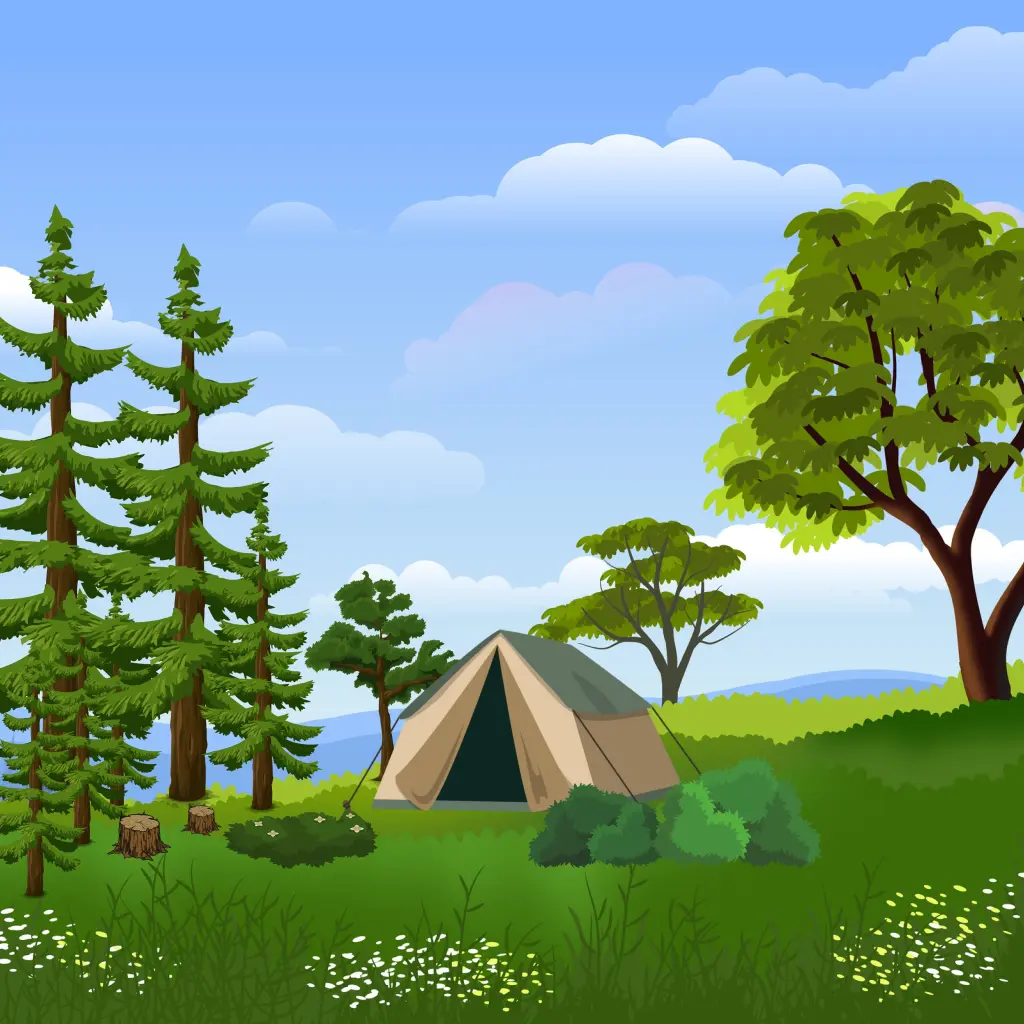
Case: WOOD
A huge amount of unutilised wood material is left in forests and sawmills, often ending up as fuel – but could it become something much more valuable?
In the KristinaEco project, researchers, forest machine entrepreneurs and industry are working together to develop new ways to refine forest residues, sawdust and branches into products such as biochar, raw materials for cosmetics and bio-based plastics. In this way, side streams from forests can become profitable and sustainable business.
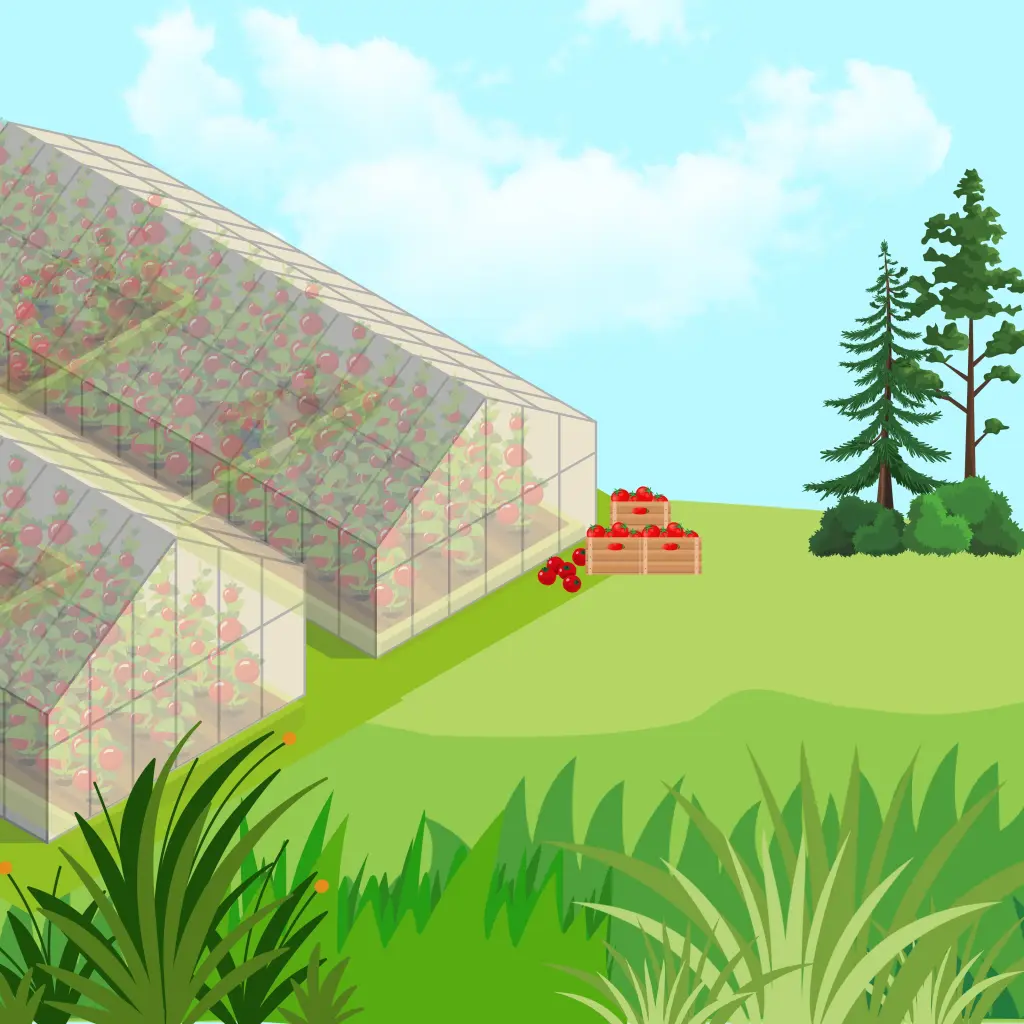
Case: GREENHOUSE VEGETABLES
In greenhouse vegetable production, a large part of the plant mass – such as stems, leaves and turnips – goes unutilised, even though they contain many valuable substances.
In the KristinaEco project, researchers, growers and industry are working together to develop solutions to refine these plant side streams into biogas, biochemicals and soil improvers. The goal is to turn surplus biomass from a burden into profitable business.
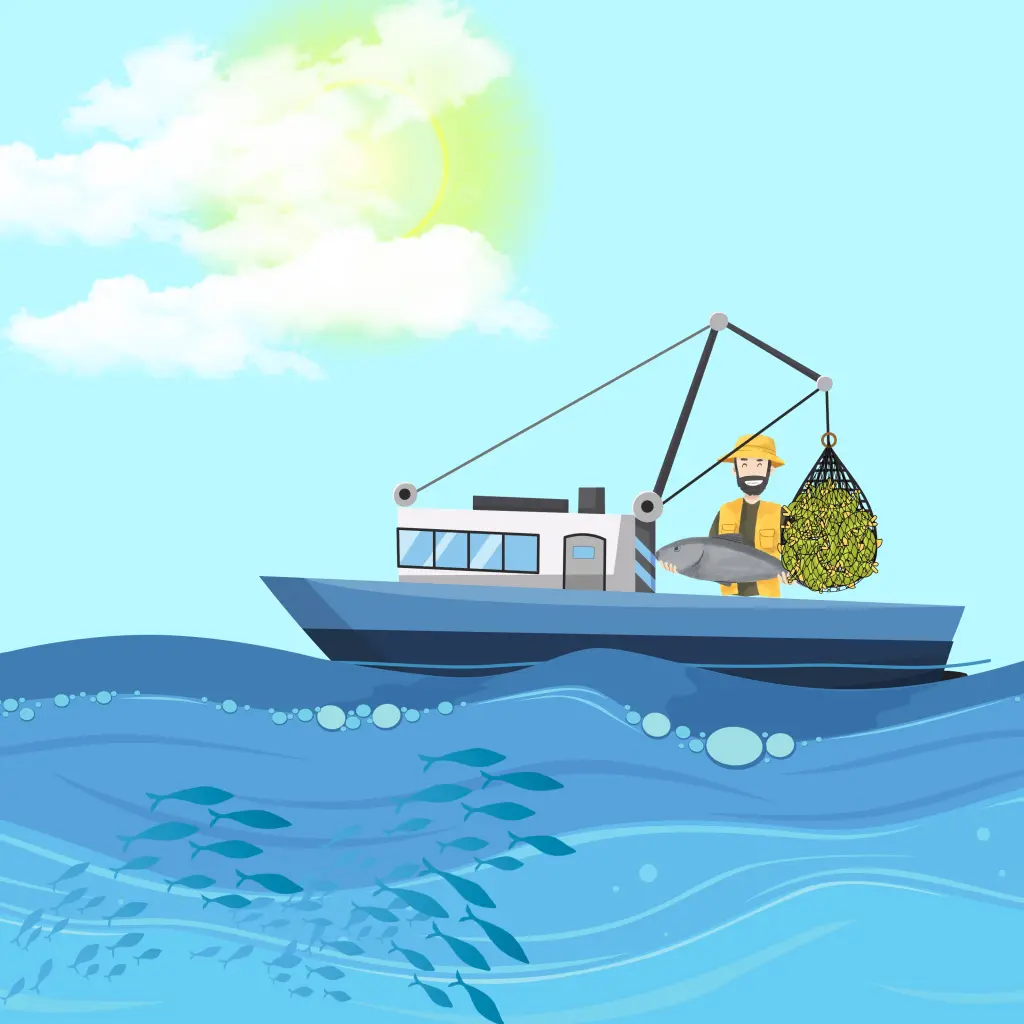
Case: FISH
Usually, only fish fillets are used, even though scales, skin, bones and viscera also contain a wealth of valuable substances.
In the KristinaEco project, researchers, fish farmers and industry are working together to develop new ways to refine fish residues into products such as gelatine, proteins, fish oil and biogas. This way, previously wasted fish parts can produce new products and business – benefiting both people and the environment.
More information:
